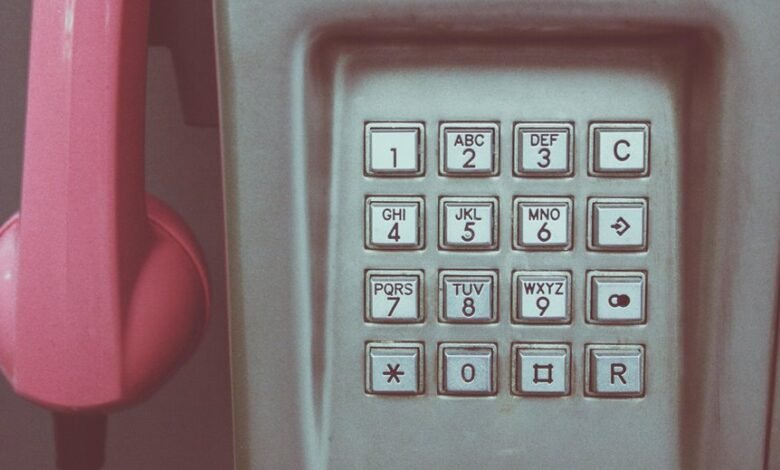Who Called You From 4163501493, 4164129300, 4164806747, 4164910665, 4164910879, and 4164916341? Find Out Everything About Any Phone Number

Many individuals often find themselves puzzled by calls from unfamiliar numbers such as 4163501493, 4164129300, and others. These calls can evoke curiosity and concern about their origins. With the rise of scams and telemarketing, it is essential to investigate the identity behind these numbers. What methods can one employ to uncover this information? The answers may reveal more than just names; they could provide insights into potential threats and unwanted communications.
Identifying Unknown Callers: Tools and Techniques
As individuals increasingly rely on their phones for communication, the challenge of identifying unknown callers has become more pronounced.
Caller ID offers a first line of defense, yet it often fails against masked numbers.
Thus, reverse lookup tools emerge as essential resources, granting users insights into unidentified numbers, empowering them to reclaim their communication freedom and avoid unsolicited interruptions in their daily lives.
Common Scams and Telemarketing Trends
The rise in unknown calls has coincided with a surge in various scams and telemarketing tactics that exploit this uncertainty.
Increasing scam awareness is crucial as deceptive methods become increasingly sophisticated. Common trends include phishing calls posing as legitimate services and urgent requests for personal information.
Understanding these tactics empowers individuals to recognize red flags and maintain their freedom from unwanted intrusion.
How to Protect Yourself From Unwanted Calls
While many individuals grapple with the annoyance of unwanted calls, there are effective strategies to minimize these intrusions and safeguard personal privacy.
Employing call blocking features available on most devices can significantly reduce unwanted outreach.
Additionally, adjusting privacy settings on mobile applications and social media can further shield personal information, creating a more secure environment and empowering individuals to reclaim their peace from incessant telemarketing and scams.
Conclusion
In the vast ocean of phone numbers, each call can feel like a message in a bottle, drifting unpredictably towards unsuspecting recipients. By employing reverse lookup tools, individuals can navigate these murky waters, uncovering the hidden identities behind the numbers. As the shadows of scams and telemarketing loom, knowledge becomes a beacon of light, guiding users to safer shores. Thus, understanding the origins of these calls not only safeguards personal space but also empowers individuals in an increasingly intrusive digital landscape.






